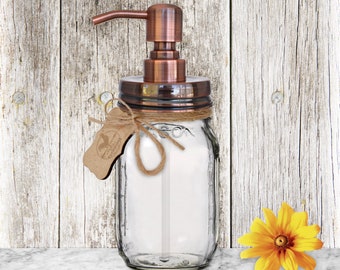

only using water from the cold tap for drinking, food preparation and cooking.Householders can proactively reduce their potential exposure to copper in drinking water through taking the following measures: You should contact your drinking water provider or have the water professionally tested. Therefore, if drinking water tastes metallic or bitter, you should not drink this water since the copper levels may exceed the health-guideline value of 2 mg/L. The taste threshold for copper is in the range of 1-5 mg/L. However, your body is very good at blocking high levels of copper from entering your bloodstream, and excess copper is eliminated from your body within a few days. Long term exposure to copper at high levels over many years can cause liver or kidney damage, and intentional ingestion of extremely high levels of copper can cause death. Consumption of excessive levels of copper can cause nausea, vomiting, diarrhoea and headaches.

Drinking water usually provides less than 10 per cent of your daily copper intake. More than 90 per cent of your dietary copper is provided by food. A normal adult requires approximately two to three milligrams of copper per day. Copper and your healthĬopper is an essential trace element required to maintain good health and occurs naturally in all plants and animals. Excessive copper corrosion can affect water quality and the safety of your drinking water. Hot water systems may contain more copper due to the heating process. The amount of copper released from plumbing materials into drinking water will depend on the length of time water is in contact with the pipe and fixtures, water temperature and water acidity. Copper can leach into drinking water from some copper pipes and fittings, particularly where water has been sitting in contact with these plumbing materials for long periods. Copper is present in surface waters at very low concentrations, usually less than 0.01 mg/L.Ĭopper is used extensively in household pipes and fittings throughout Australia and around the world. Copper is a metal that occurs naturally in rocks, soil and water.


 0 kommentar(er)
0 kommentar(er)
